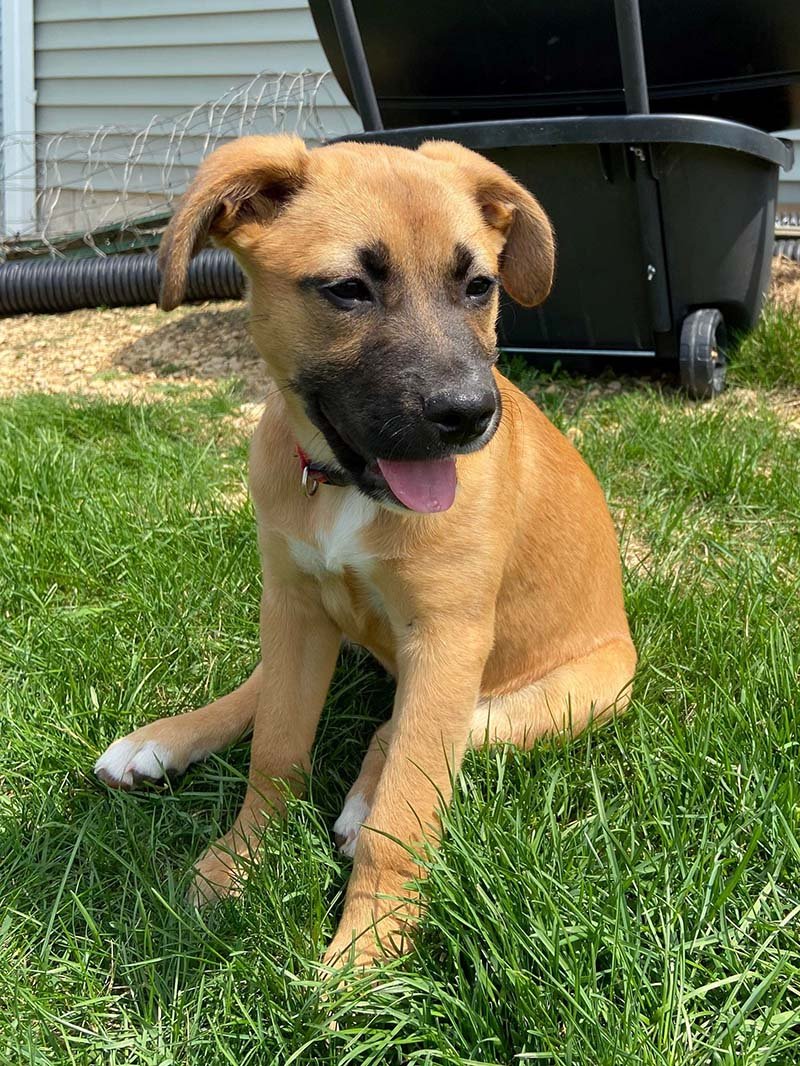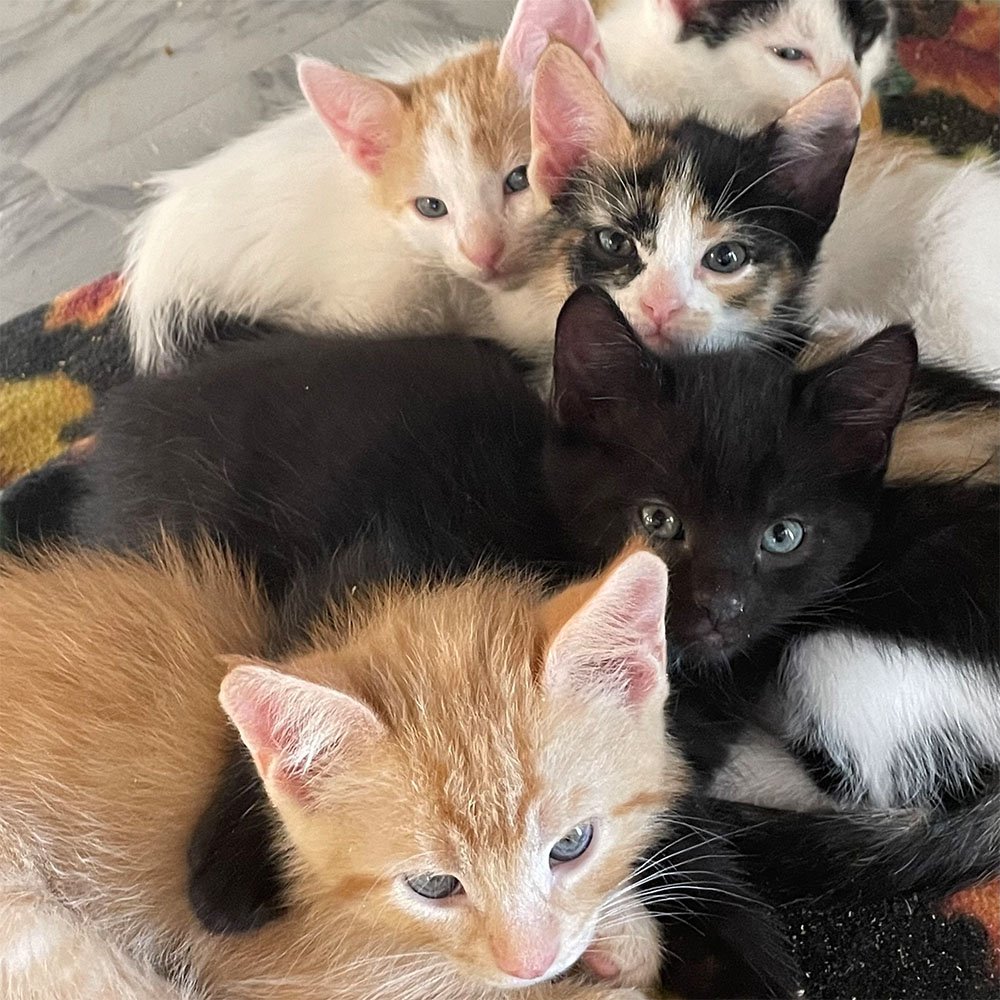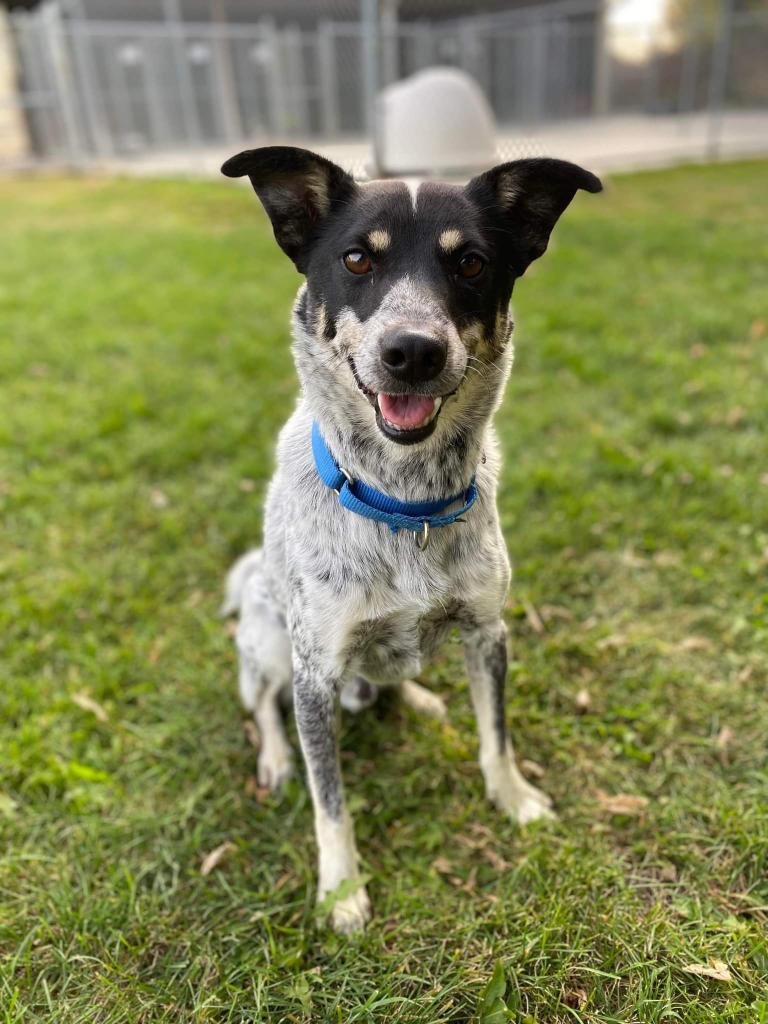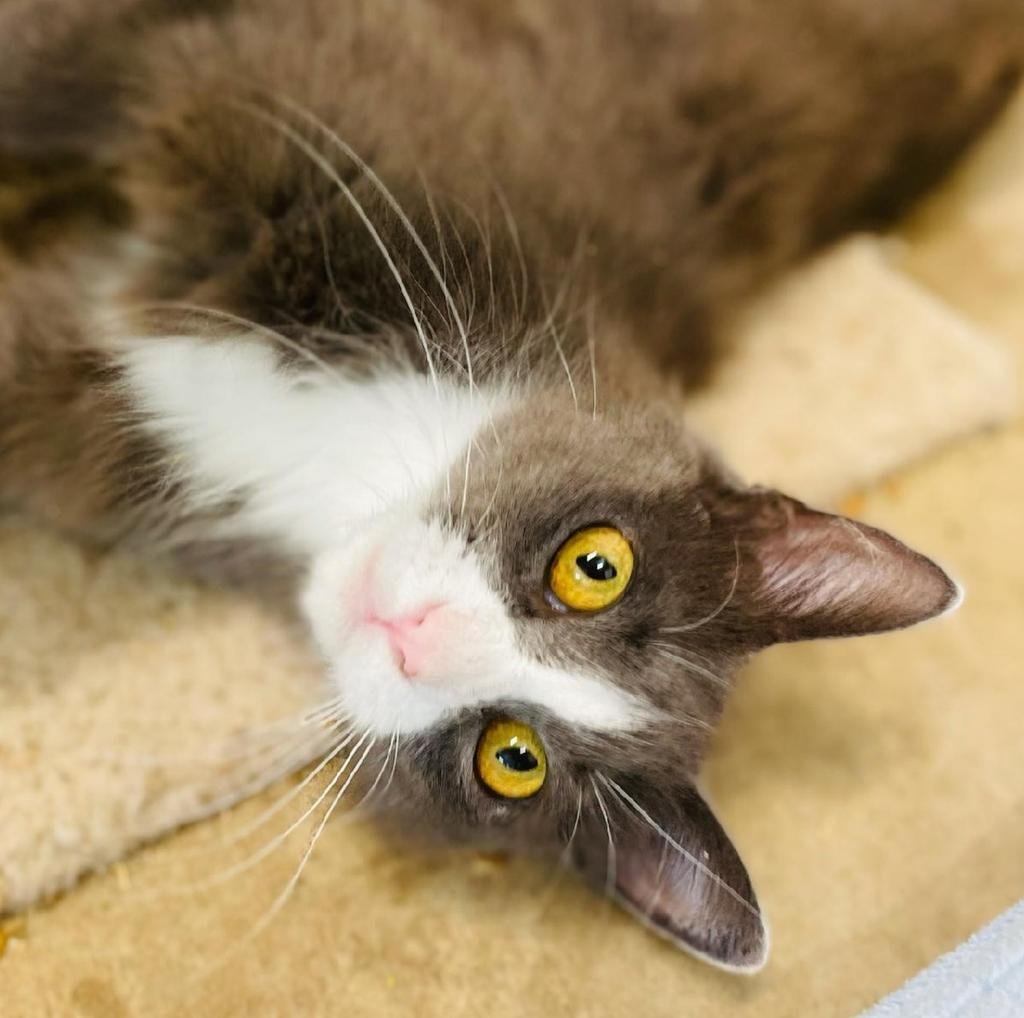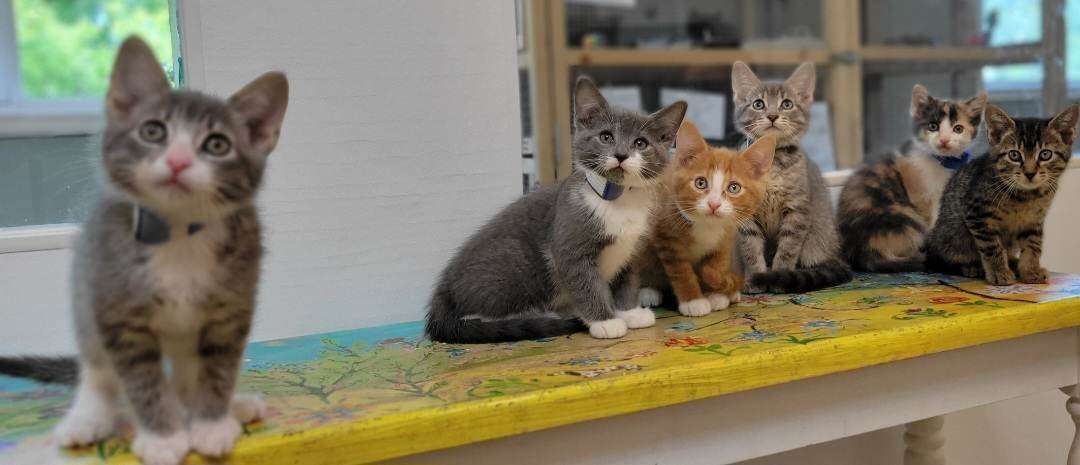Found Pets
What steps should I take if I find an animal?
There are times when animals need our help. If you find a dog or cat that is sick or injured and in need of emergency medical care, contact a local veterinarian. If possible, provide a safe, secure place for the dog or cat to be contained.
Thank you for sharing the care in our community! If you can hold a healthy, found pet for just 48 hours while searching for their owner, you can make reunification not just possible, but probable.
Lost pets’ chances of returning home rise when they can stay safely in the area where they are found rather than enter the shelter, and research has shown that most lost dogs are within a mile of their homes. In the average shelter, less than half of stray dogs and only 5% of cats are reclaimed by an owner, but when a pet is kept in the neighborhood where they were found, more pets are reunited with their families.
“Take 48 hours and follow these steps before bringing a found pet to the shelter, and you can help your neighbors—human and animal.”
I FOUND A CAT OR KITTEN:
Community cats, sometimes called feral, stray, or outdoor cats, can be friendly or unsocial, but they aren’t lost: they are free-roaming cats who live—at least part of the time—outside. They share our neighborhoods and find shelter in yards, alleys, parking lots, and porches. Community cats may have one or more compassionate caregivers who help provide food and shelter, and, as a result, they often have more than one name.
Following the recommendations of leading national organizations, we do not admit healthy free-roaming cats. Many cats found out and about are simply pet cats allowed outdoors and bringing them to the shelter separates cats from the people who already care for them. Even where cats have strayed from home, a cat’s best chance of being reunited with their family is to remain where they’re at—in the typical shelter, only 5% of cats are reclaimed by their families. By focusing on admitting only sick and injured cats who are not thriving in their outdoor homes, we are able to provide them the care they need.
Please note: We cannot take feral cats from the public.
-
It’s easy to assume that a friendly free-roaming cat is lost or abandoned, when in fact the cat knows exactly where it is! A cat who looks healthy with good body condition and coat is very rarely lost. If the cat looks healthy, please put it back where you found it/leave it where it is. Cats are 10–50 times more likely to be reunited with their owners if they stay in the neighborhood where they are found (instead of being removed from the area and taken to an animal shelter).
You might also ask around your neighborhood to see if anyone recognizes the cat, or use this paper collar template to help determine if the cat is owned. Wait a day or two to offer food, as extra feeding can discourage cats from going back home on their own. Refer to this I Found a Cat flowchart for more guidance.
If you do not want cats in your yard, make sure there is not a source of food or shelter for the cat. For more tips on reducing nuisance issues and humanely deterring cats from your yard, visit How to Live with Cats in Your Neighborhood.
-
Step One – Check for identification
If the pet has identification tags, call or text their parents and set up a reunion. (Look directly on the collar to make sure the contact information isn’t stitched into the collar.) If they have a municipal license, contact the municipality directly for owner information. Similarly, if they have a rabies tag, call the vet office it originated from. Take the pet to the nearest veterinarian or Driftless Humane Society to have them scanned for a microchip.
Step Two – Check with neighbors
Typically, pets don’t wander more than 1 mile from home, so the chances are that someone is looking for them close to where they were found. Knock on the doors of nearby homes. Send DHS an email and include: description of the animal (breed, color, sex, distinct markings, approximate age, collar color), your name and contact information, location/day/time where animal was found, and pictures.
Step Three – Spread the word
Create and print “found” flyers to post around the area you found the dog, including at the homes nearby where the animal was found.
Post the dog on NextDoor, Craigslist, Petco Love Lost, PawBoost, Lost Dogs of WI, and PetFBI.
Post on Facebook in area groups and “Lost & Found Vernon County” and scan recent posts for missing pets that may match the found pet. Be sure to share the post with DHS, so we can spread the word.
-
Description text goes hereThanks for looking out for the most vulnerable animals in our community! In most cases, kittens don’t actually need to be rescued—a kitten’s best chance of survival is with her mother. If you’ve found a kitten or kittens, this flowchart will help you make decisions that increase kittens’ chances of thriving. To determine the age of a kitten, visit Alley Cat Allies kitten progression page.
Are the kittens plump, clean, warm, and quiet?
Mom is doing her job and likely just out getting dinner. It’s safe to leave her kittens in their nest. Once the kittens are 6-8 weeks old, call DHS.
Are the kittens skinny, dirty, cold, or noisy?
Mom might not be around. Time to help her out and intervene. Before bringing kittens inside, review this Kitten Lady page. If kittens appear sick or injured, take them to a local veterinary clinic or call us. Review this infographic for signs of a sick or injured kitten.
Be a hero and keep kittens safe in a home by fostering or finding someone who can foster until they are old enough to be adopted. Don’t know where to start? Don’t worry—we’re here to help. Visit Kitten Lady and Maddie's Fund for resources and guidance on raising kittens.
Keep in mind:
Newborn kittens require feeding every 2 hours around the clock with specialized kitten milk replacer (KMR brand can be found locally). Do NOT feed kittens cow or any other milk.
Make sure to keep kittens warm. Kittens cannot control their own body temperature until they are at least 3 weeks old. Cold kittens won’t eat and their health quickly declines. If you have nothing else on hand, use your own body heat to warm up a cold kitten, and rub them gently to aid circulation. At home, build a soft nest with a heating pad that is completely covered with a blanket or towel.
Want to help kittens who are waiting for homes?
We’re always looking for volunteers who can foster kittens until they are adopted. Fill out an interest form, and we’ll contact you when we need a kitten-cuddle specialist!
I found a dog or puppy:
-
-
Check to see if the pet has identification tags, call, or text their parents and set up a reunion. (Look directly on the collar to make sure the contact information isn’t stitched into the collar.) If they have a municipal license, contact the municipality directly for owner information. Similarly, if they have a rabies tag, call the vet office it originated from. Take the pet to the nearest veterinarian or Driftless Humane Society to have them scanned for a microchip. There is microchip scanner available 24/7 in the entryway of the shelter.
-
Typically, pets don’t wander more than 1 mile from home so the chances are that someone is looking for them close to where they were found. Knock on the doors of nearby homes. Send DHS an email and include: description of the animal (breed, color, sex, distinct markings, approximate age, collar color), your name and contact information, location/day/time where animal was found, and pictures.
-
Create and print “found” flyers to post around the area you found the dog, including at the homes nearby where the animal was found.
Post the dog on NextDoor, Craigslist, Petco Love Lost, PawBoost, Lost Dogs of WI, and PetFBI.
Post on Facebook in area groups and “Lost & Found Vernon County” and scan recent posts for missing pets that may match the found pet. Be sure to share the post with DHS, so we can spread the word.
If you find the pet’s owner, please let us know. We always like to hear the good news and will update our resources.
If you are unable to temporarily house the animal or have not been able to locate the owner, call your local law enforcement to determine your municipality's stray dog policy.
Are You interested in fostering a dog?
Become a foster, save lives, and gain a friend!

